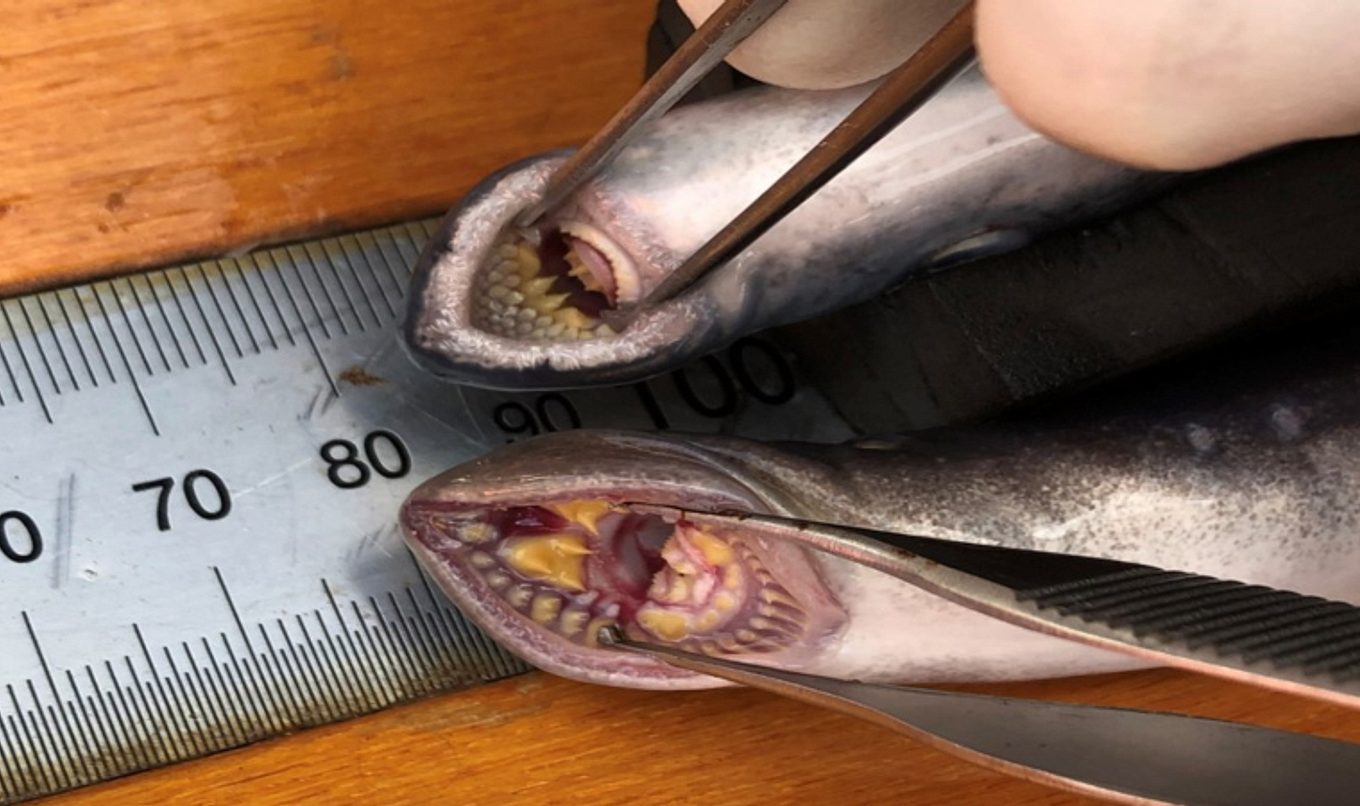Rare lamprey keeping up appearances
Delivery of water for the environment in winter 2019 has resulted in increased numbers of the rare and primitive lamprey migrating upstream in the River Murray in South Australia.

Around 130 gigalitres (equivalent to 52,000 Olympic-sized swimming pools) of water for the environment were released from the Goulburn River at the start of July, with the flows lasting around a month.
These targeted flows improved the health of Victorian rivers and wetlands and then reached South Australia’s Lower Lakes and Coorong in mid-August, which coincided with the lamprey migration season.
Department for Environment and Water (DEW) spokesperson Adrienne Rumbelow said, lampreys were a rare and primitive fish that migrated upstream from the Southern Ocean to spawning grounds in the River Murray catchment and tributaries.
“For a long time, especially during and immediately after the Millennium Drought, lampreys were rarely seen in the river,” she said.
“Thanks to allocations of water for the environment, as well as the construction of fishways at barrages and weirs, we’re now seeing increased numbers of lamprey on the move - migrating upstream to breed.
“This is a positive sign after populations were impacted by the drought.”
Monitoring of fishway traps by PIRSA’s South Australian Research and Development Institute (SARDI) Aquatic Sciences at the Lower Murray barrages has enabled lampreys to be caught when attempting to pass from salt water to fresh water.
Once caught they were tagged, released and their migration monitored.
“Between 2012 and 2018 only one short-headed lamprey was detected in the entire Murray-Darling Basin, but this winter short-headed lamprey have made a remarkable recovery,” Ms Rumbelow said.
“So far we’ve captured 45 pouched lamprey and 13 short-headed lamprey in fishway traps at the barrages this winter and spring. This is the largest number captured since monitoring began after the drought.
“One of the short-headed lamprey has been tracked to Lock 8, 726 km upstream from the release location. This is important new information as this is the first time a short-headed lamprey has been tracked in the basin.
“Indeed, lamprey behaviour remains quite a mystery so any information about migrations provides scientists with greater insight into how far they travel and what regions and habitats they may prefer for spawning.”
The increase in lamprey numbers reflects a slow recovery of the ecology of the River Murray estuary – especially for those native fish that require freshwater flow and connectivity between the River Murray and the sea.
Water for the environment is directly responsible for the increased numbers of these ancient and mysterious fish.
The winter flows at the Lower Murray barrages were supported by DEW, with water provided by the Commonwealth Environmental Water Holder and operational support from SA Water.

